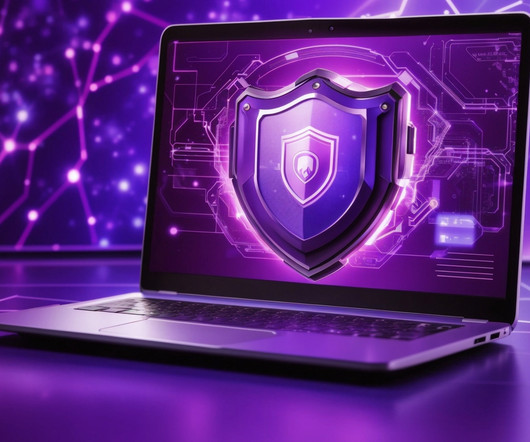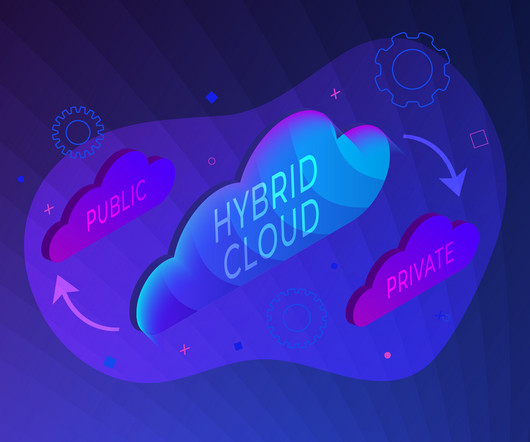Best Ransomware Protection
Hacker Combat
APRIL 6, 2022
Let’s look at some of the best ransomware protection measures; Regular Data Backup. The best ransomware protection combines solid, layered security defenses with data backups that an attacker can’t encrypt. Use of Comodo Antivirus software. Being Wary of Phishing Emails. Regular Software Updates. Conclusion.














Let's personalize your content